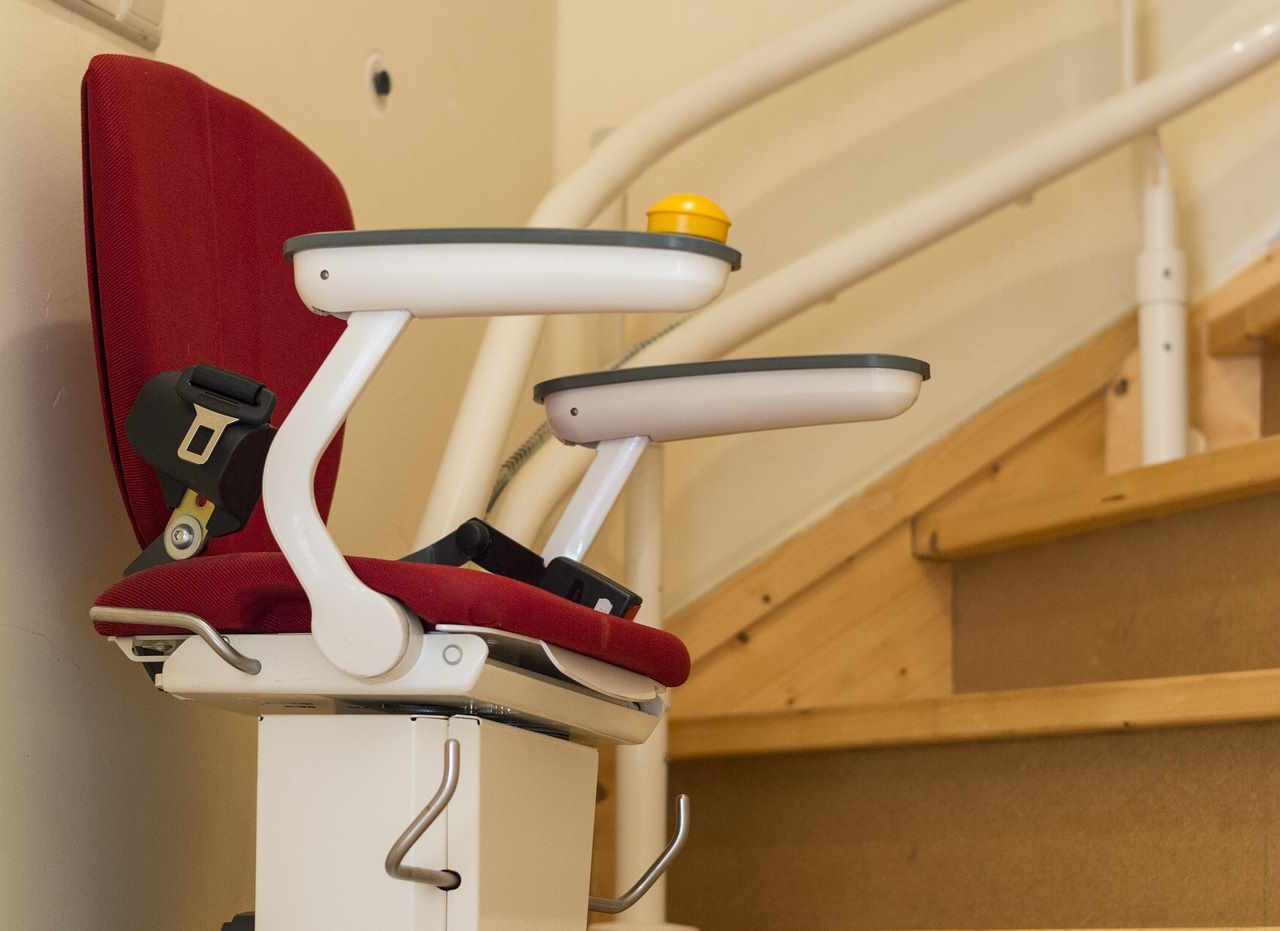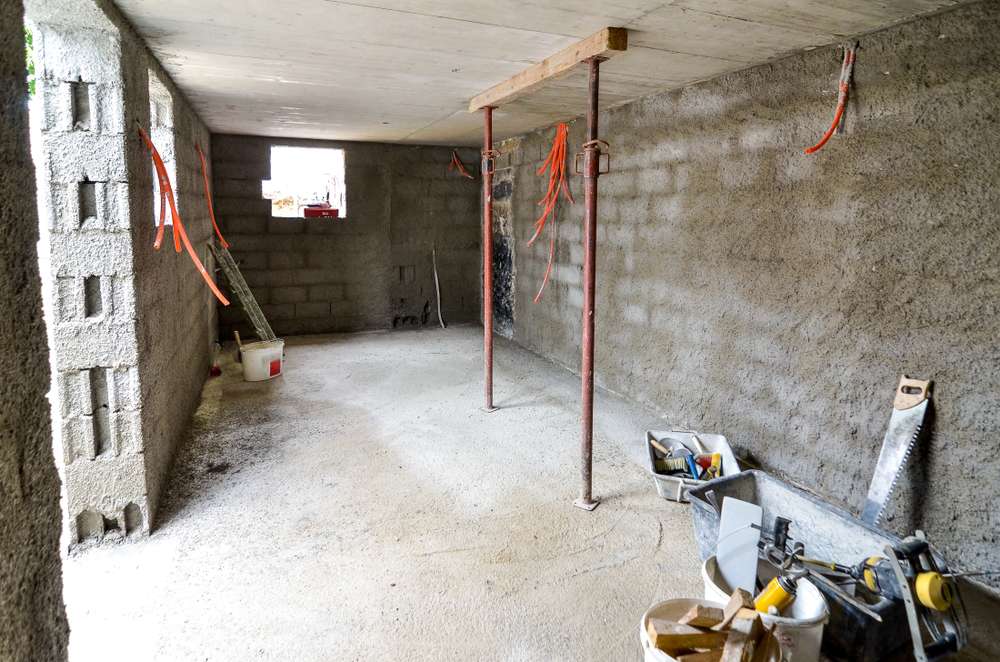Stair Lifts: A Comprehensive Guide to Home Mobility Solutions
Stair lifts are innovative mobility devices designed to help individuals with limited mobility navigate stairs safely and independently. These motorized chair systems attach to staircases, allowing users to sit comfortably and travel up or down floors with ease. As populations age and accessibility becomes increasingly important, stair lifts have gained popularity as a practical solution for maintaining independence at home.

How do stair lifts work?
Stair lifts operate using a motorized chair that moves along a track installed on the staircase. The track is typically mounted to the treads of the stairs, not the wall, ensuring a secure and stable ride. Users simply sit in the chair, fasten the safety belt, and use a control panel to guide the lift up or down the stairs. Most modern stair lifts are powered by rechargeable batteries, which automatically charge when the lift is not in use, ensuring the system is always ready for operation.
What types of stair lifts are available?
There are several types of stair lifts to accommodate different staircase designs and user needs:
-
Straight stair lifts: These are the most common and are designed for straight staircases without turns or landings.
-
Curved stair lifts: Custom-made for staircases with curves, corners, or intermediate landings.
-
Outdoor stair lifts: Weather-resistant models designed for exterior staircases, such as those leading to a garden or porch.
-
Standing stair lifts: For users who have difficulty sitting or prefer to stand, these lifts feature a small platform to stand on instead of a seat.
-
Perch seats: A compromise between sitting and standing, these offer a small seat to lean against while travelling.
What features should you consider when choosing a stair lift?
When selecting a stair lift, consider the following features to ensure the best fit for your needs:
-
Safety sensors: These detect obstacles on the stairs and automatically stop the lift to prevent collisions.
-
Swivel seats: Allow users to easily get on and off the lift at the top and bottom of the stairs.
-
Foldable design: Chairs and footrests that fold up when not in use, maximizing space on the staircase for other users.
-
Remote controls: Allow users to call the lift to their floor or send it to another level.
-
Battery backup: Ensures the lift continues to function during power outages.
-
Weight capacity: Varies between models, so choose one that accommodates the user’s needs.
-
Adjustable seat height: Provides comfort for users of different heights.
Who can benefit from installing a stair lift?
Stair lifts can be beneficial for a wide range of individuals, including:
-
Elderly people who struggle with mobility or balance issues.
-
Individuals with disabilities or chronic conditions that affect their ability to climb stairs.
-
People recovering from surgery or injuries that temporarily limit their mobility.
-
Caregivers who assist individuals with mobility challenges.
-
Anyone looking to future-proof their home for aging in place.
What are the installation requirements for a stair lift?
Installing a stair lift typically requires:
-
A sturdy staircase: The stairs must be able to support the weight of the lift and user.
-
Adequate width: Most stair lifts require a minimum stair width of 75-80 cm.
-
Electrical outlet: Nearby for charging the lift’s batteries.
-
Professional installation: To ensure safety and proper function.
-
Building regulations compliance: Check local building codes for any specific requirements.
What are the costs associated with stair lifts?
The cost of a stair lift can vary significantly depending on several factors:
-
Type of stair lift (straight, curved, outdoor)
-
Length of the staircase
-
Features and customization options
-
Installation complexity
| Stair Lift Type | Average Cost Range (GBP) | Installation Time |
|---|---|---|
| Straight | £2,000 - £4,000 | 2-4 hours |
| Curved | £4,000 - £9,000 | 1-2 days |
| Outdoor | £3,500 - £7,000 | 4-6 hours |
Prices, rates, or cost estimates mentioned in this article are based on the latest available information but may change over time. Independent research is advised before making financial decisions.
Many companies offer rental options for those who need a temporary solution, which can be more cost-effective for short-term use. Additionally, some local authorities or charities may provide financial assistance for stair lift installation in certain circumstances.
In conclusion, stair lifts offer a valuable solution for individuals facing mobility challenges in multi-level homes. By carefully considering the various types, features, and installation requirements, users can select a stair lift that enhances their independence and quality of life. While the initial investment may be significant, the benefits of increased safety, accessibility, and autonomy often outweigh the costs for many users and their families.



